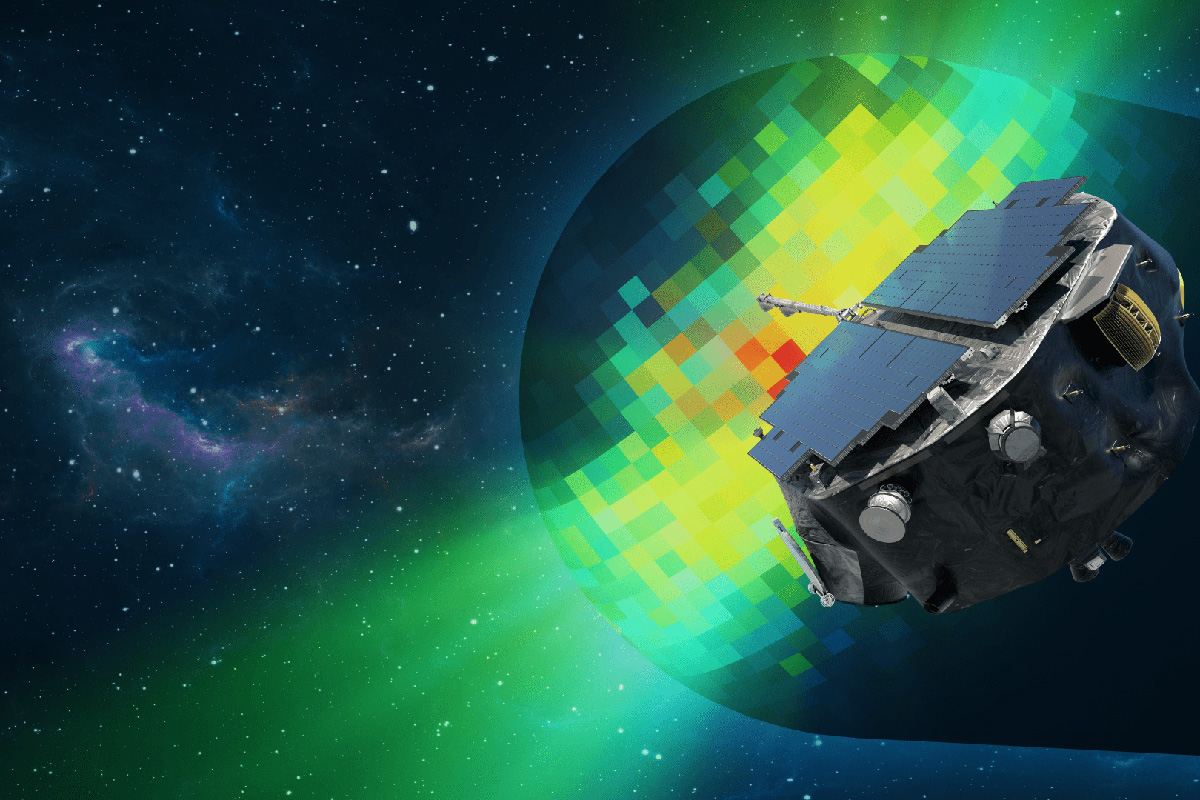
IMAP
NASA’s Interstellar Mapping and Acceleration Probe (IMAP) mission, which APL is building in partnership with Principal Investigator David McComas of Princeton University, will explore our solar neighborhood, called the heliosphere — decoding the messages in particles from the Sun and beyond our cosmic shield.

Integrated Adaptive Cyber Defense (IACD)
APL conceptualized, prototyped, and published a framework enabling the integration and automation of diverse cybersecurity solutions to dramatically increase the speed and scale of cyber defense.
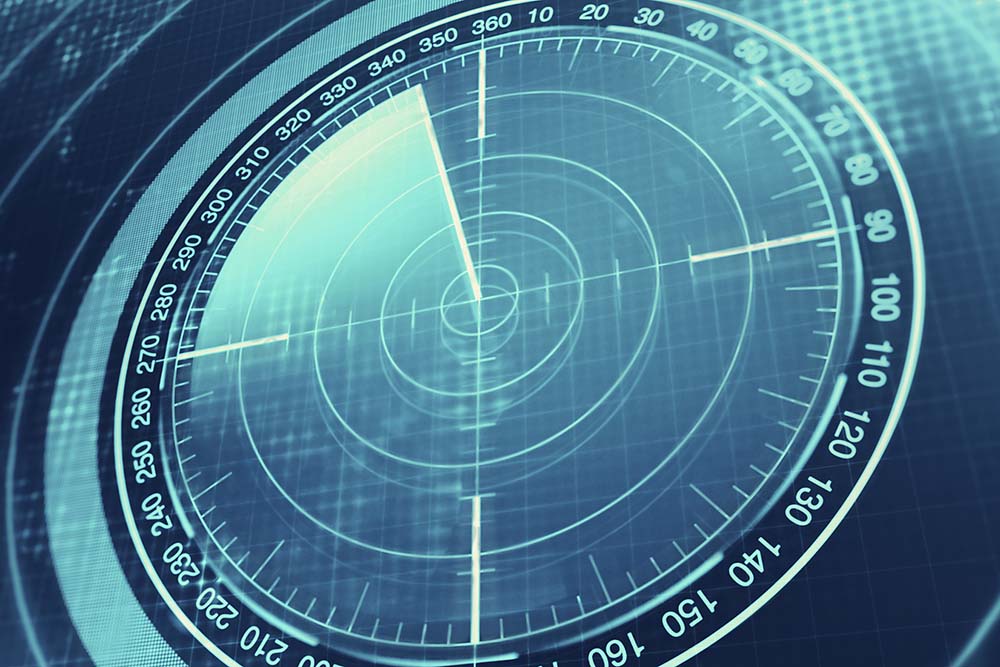
Integrated Undersea Surveillance Systems
We are solving critical challenges for the Navy’s undersea surveillance community, making contributions such as active and passive sonar processing algorithms for inclusion in the Advanced Surveillance Build tactical sonar modernization program.
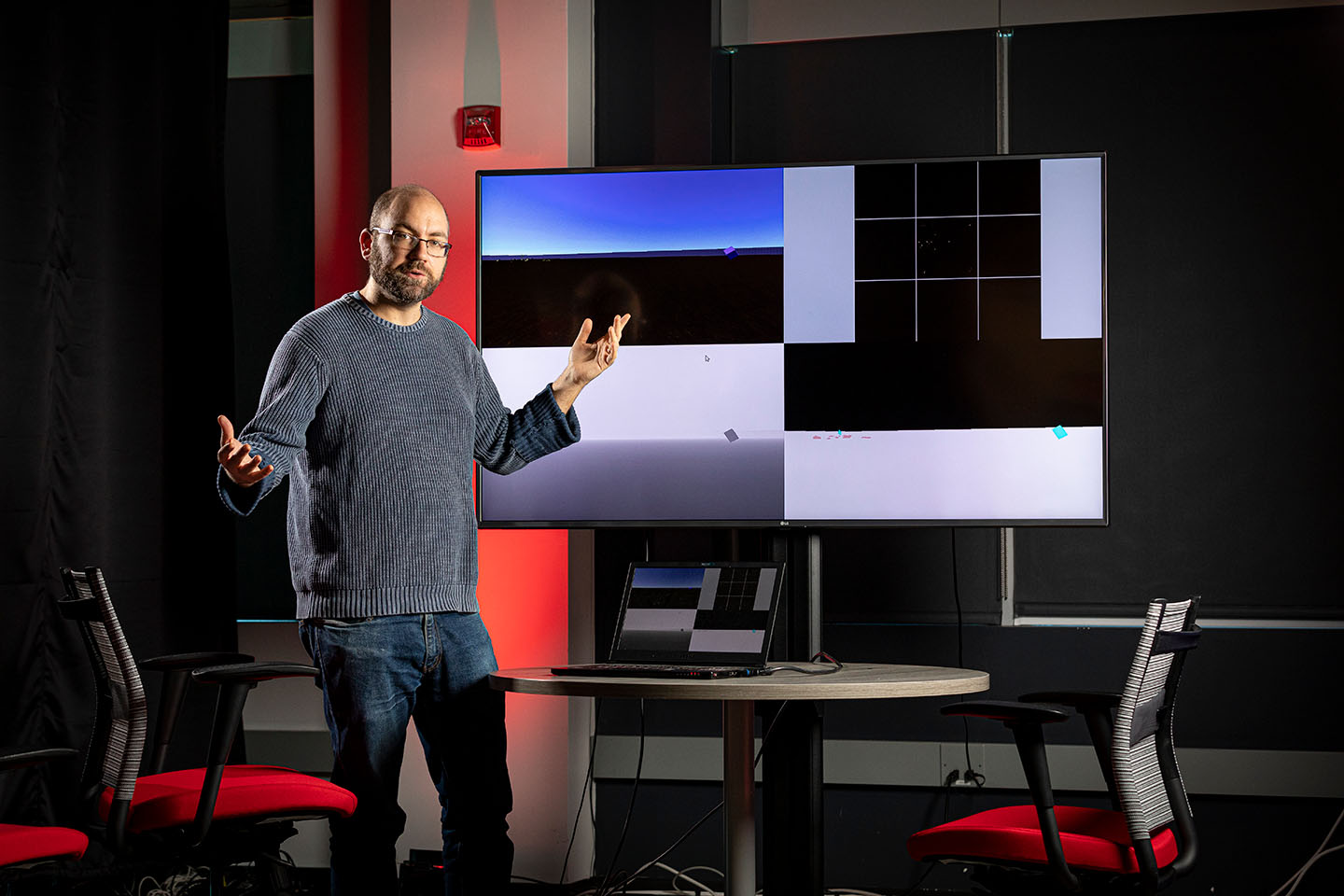
Lifelong Learning Machines
Enabling intelligent systems that continuously adapt to changing conditions and missions in the real world.
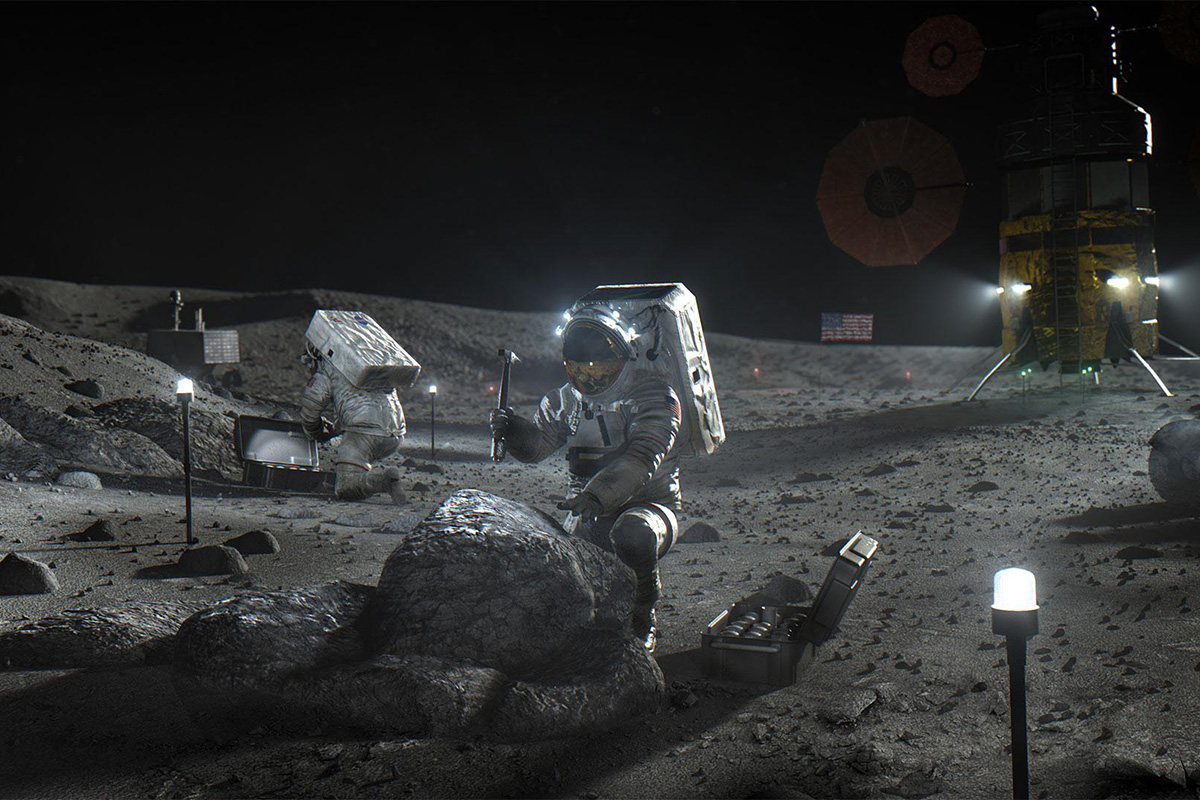
Lunar Surface Innovation Initiative
APL holds a key leadership role in NASA’s Lunar Surface Innovation Initiative (LSII), which aims to spur the development and deployment of technologies enabling humans to live and work on the Moon.
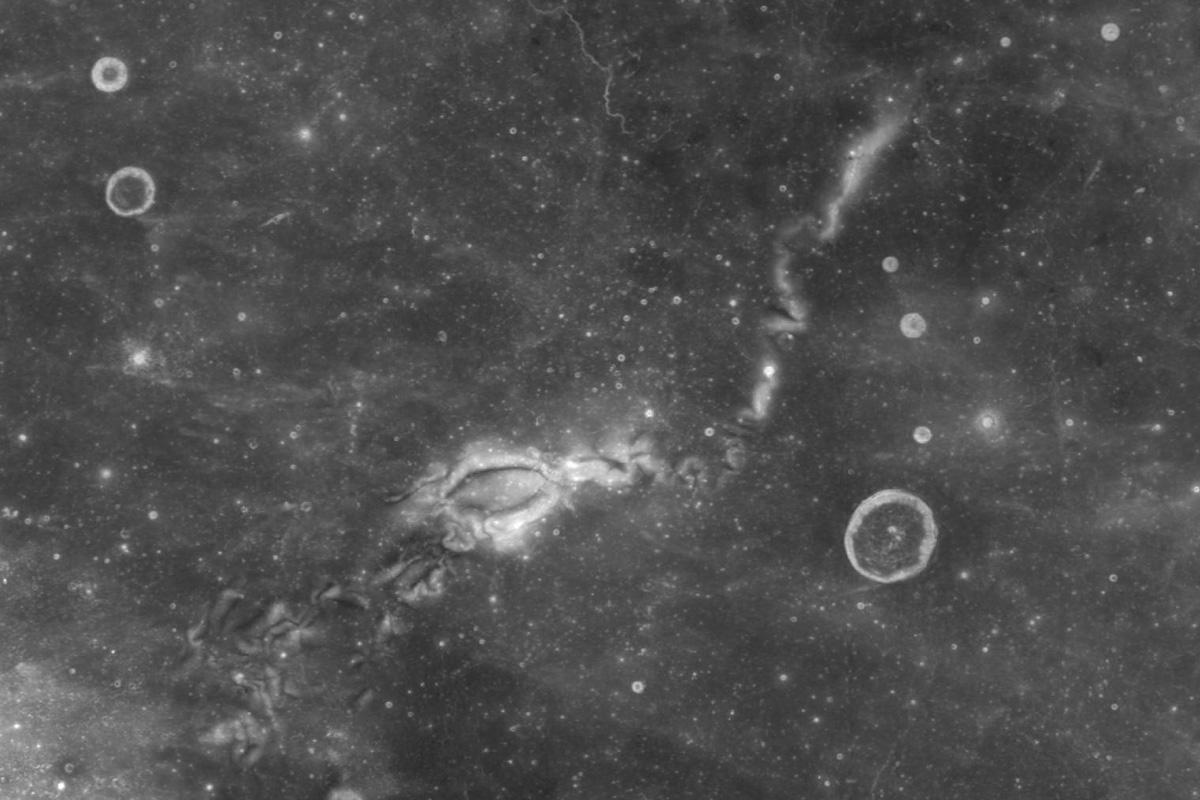
Lunar Vertex
Lunar Vertex will be the first mission to carry out a comprehensive study of lunar magnetic anomaly and the associated swirl and mini-magnetosphere.

Mapping the Brain for Machine Learning
APL leads several test and evaluation efforts for the Intelligence Advanced Research Projects Activity’s Machine Intelligence from Cortical Networks (MICrONs) project, launched to develop state-of-the-art machine-learning capabilities by modeling how the brain processes information.
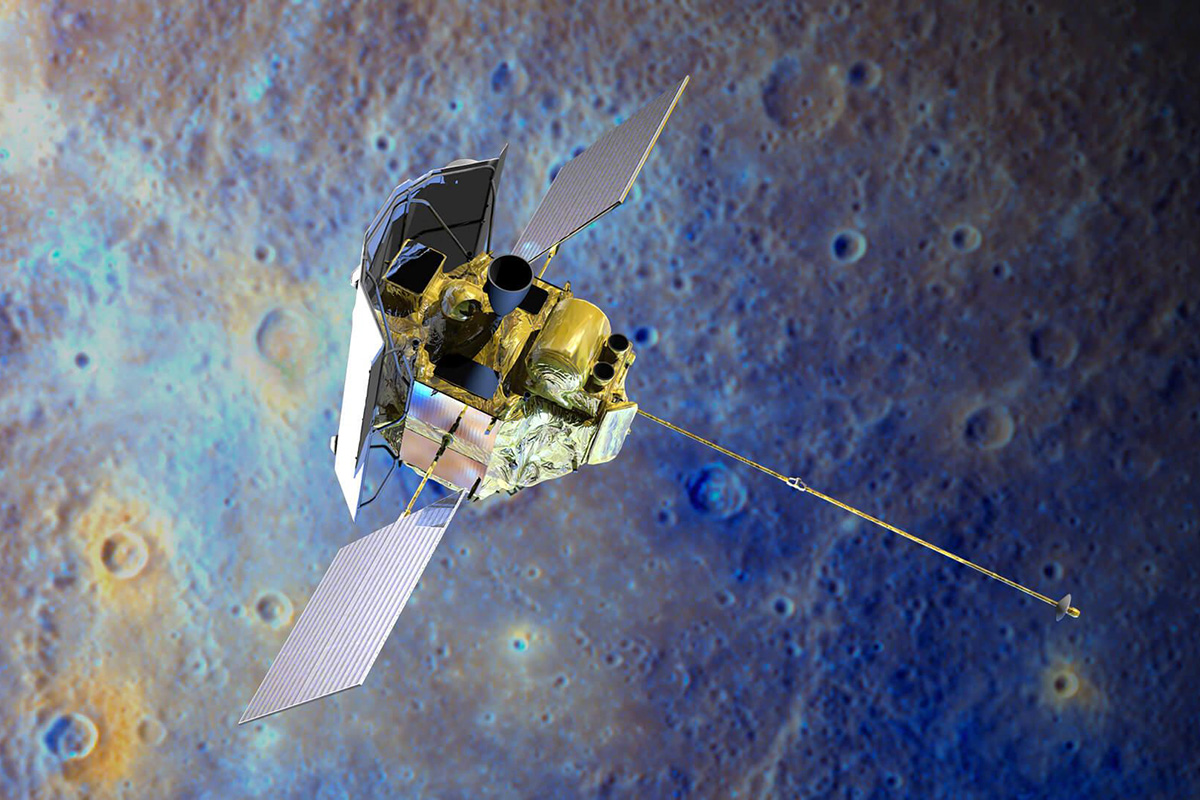
MESSENGER
MErcury Surface, Space ENvironment, GEochemistry, and Ranging (MESSENGER) was the first mission to orbit Mercury, shedding unprecedented light on the origins and evolution of the innermost planet.

Mobile Communications
Special Operations Forces (SOF) continue to rely on APL expertise to understand the communications technology landscape, inform requirements development, and identify options for mobile communications capabilities across a variety of operational scenarios.

Modeling Warfighter Decision-Making
Working with technical consultants and the Navy fighter aircraft community, we created a pilot-behavior model for air-to-air combat.
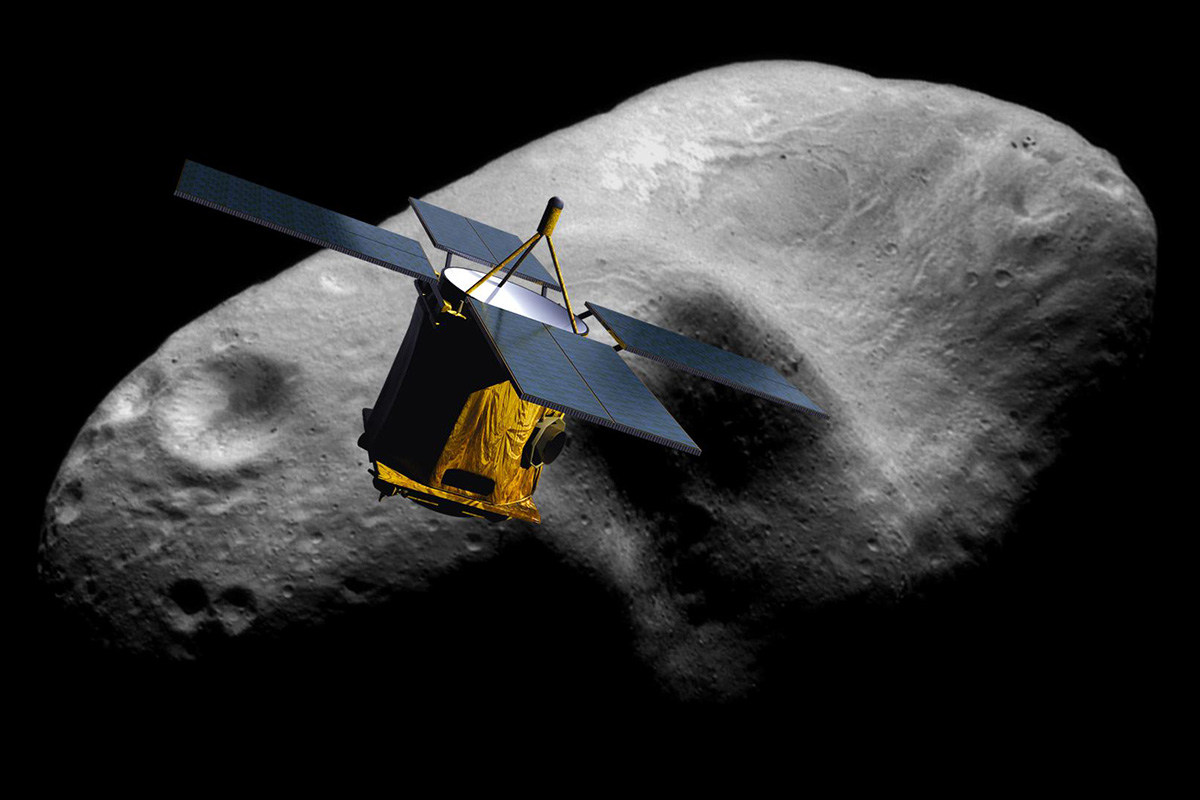
NEAR
The first launch in NASA’s Discovery program, the Near Earth Asteroid Rendezvous (NEAR) was the first mission to orbit and land on an asteroid.
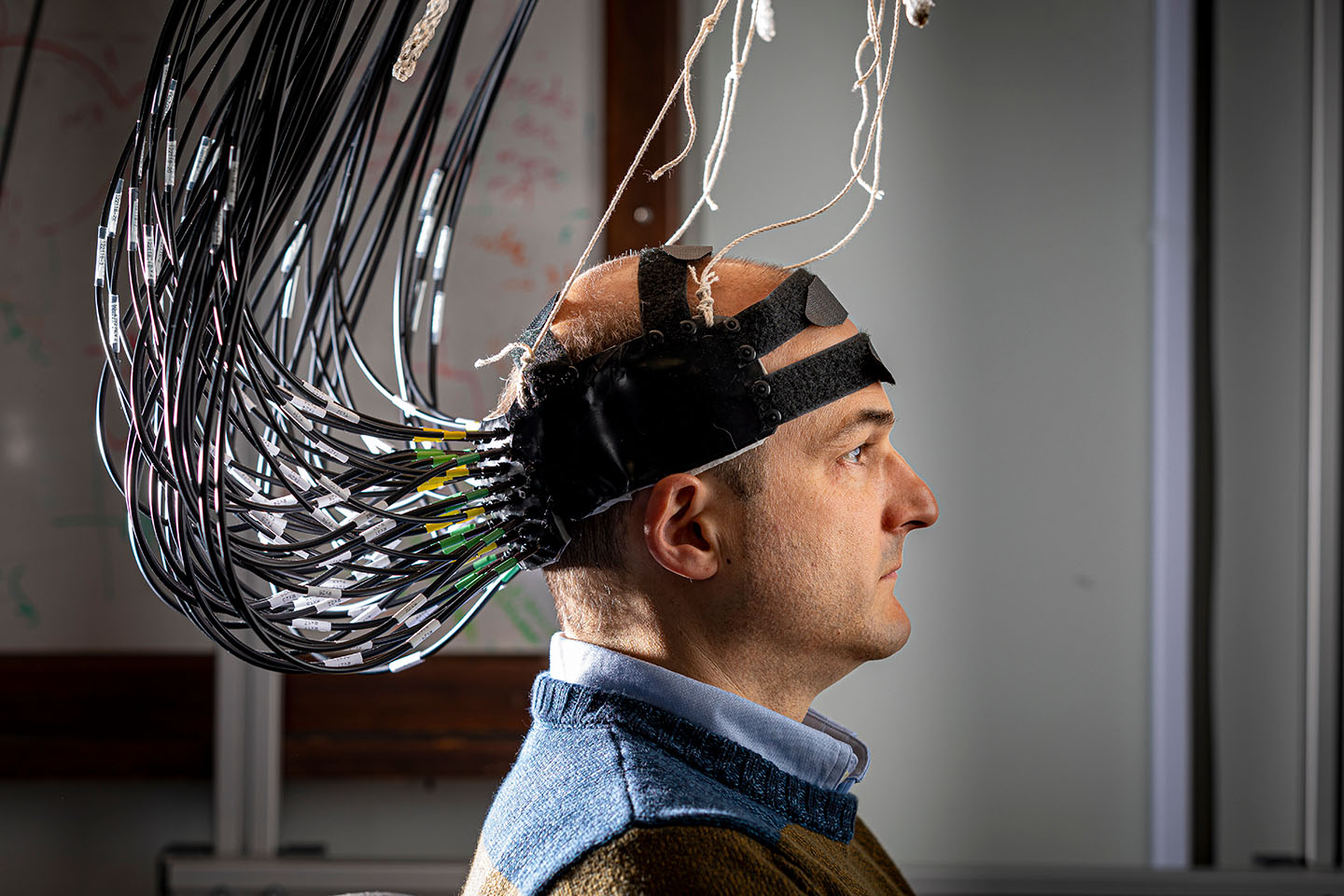
Neural Interfaces
Directly interfacing with the nervous system to connect humans with intelligent systems.
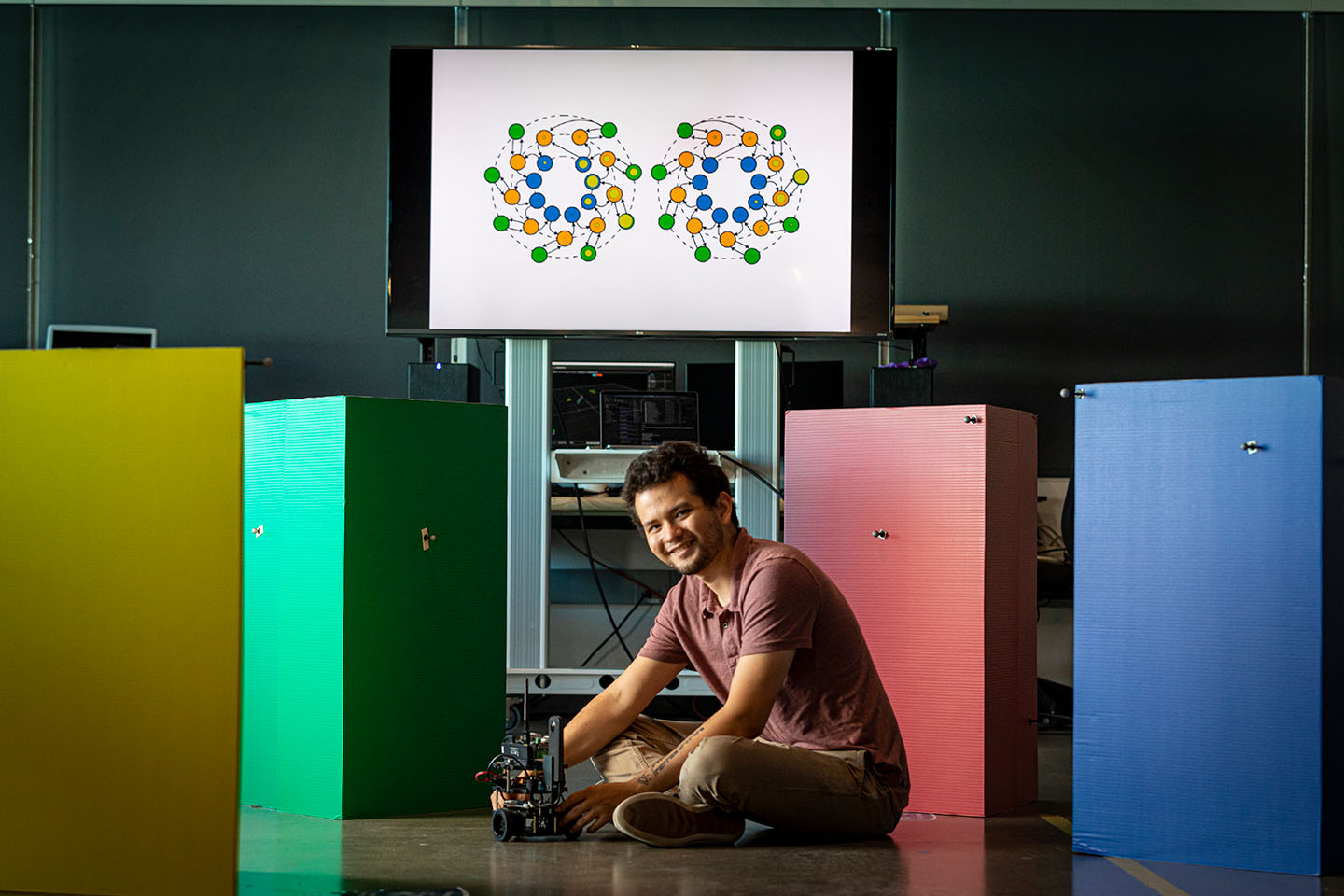
Neuroscience-Inspired Artificial Intelligence
Developing next-generation learning algorithms that draw inspiration from biological nervous systems to revolutionize intelligent systems.
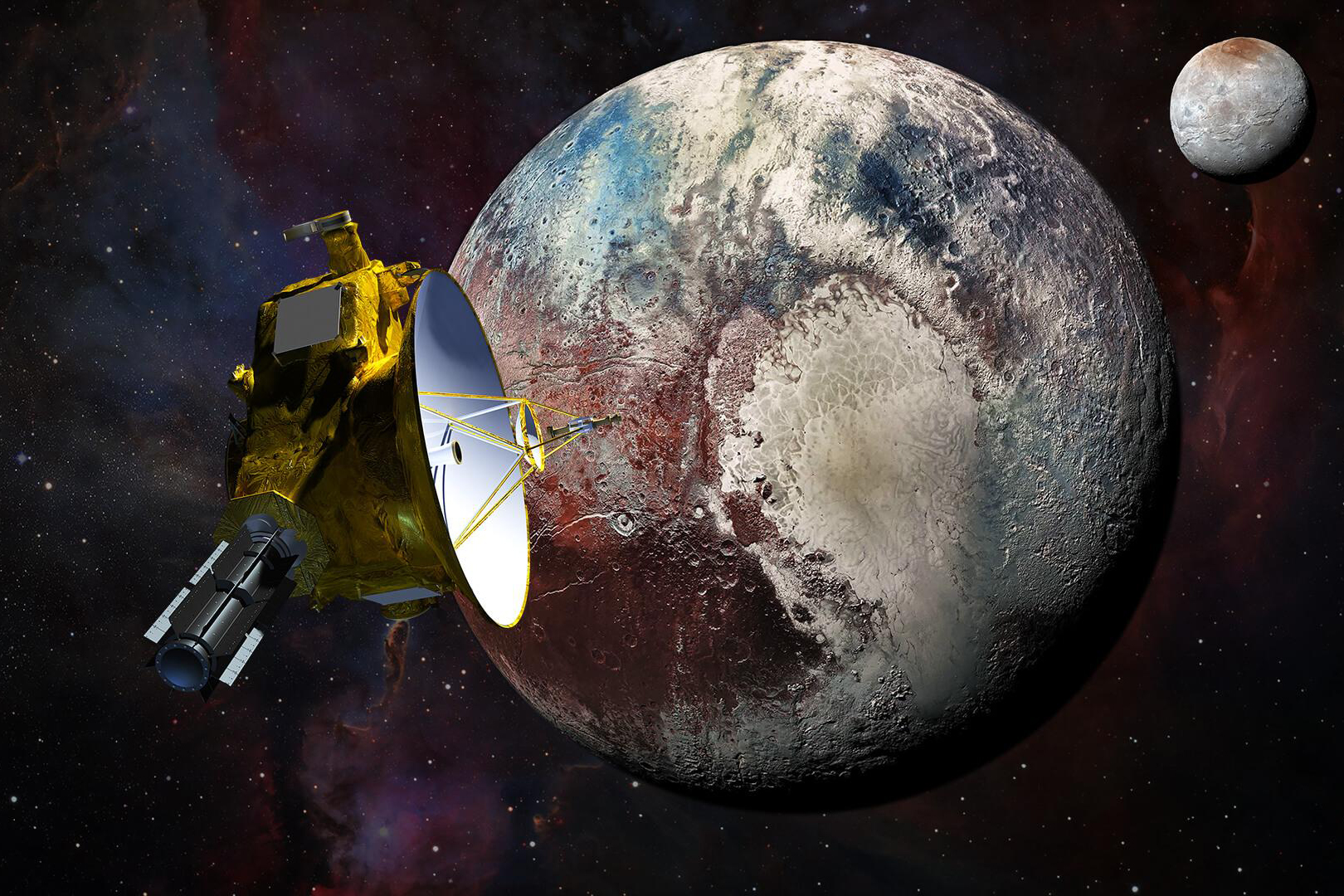
New Horizons
New Horizons is the first mission to Pluto and the Kuiper Belt, the distant region of planetary building blocks that hold keys to our solar system’s formation.
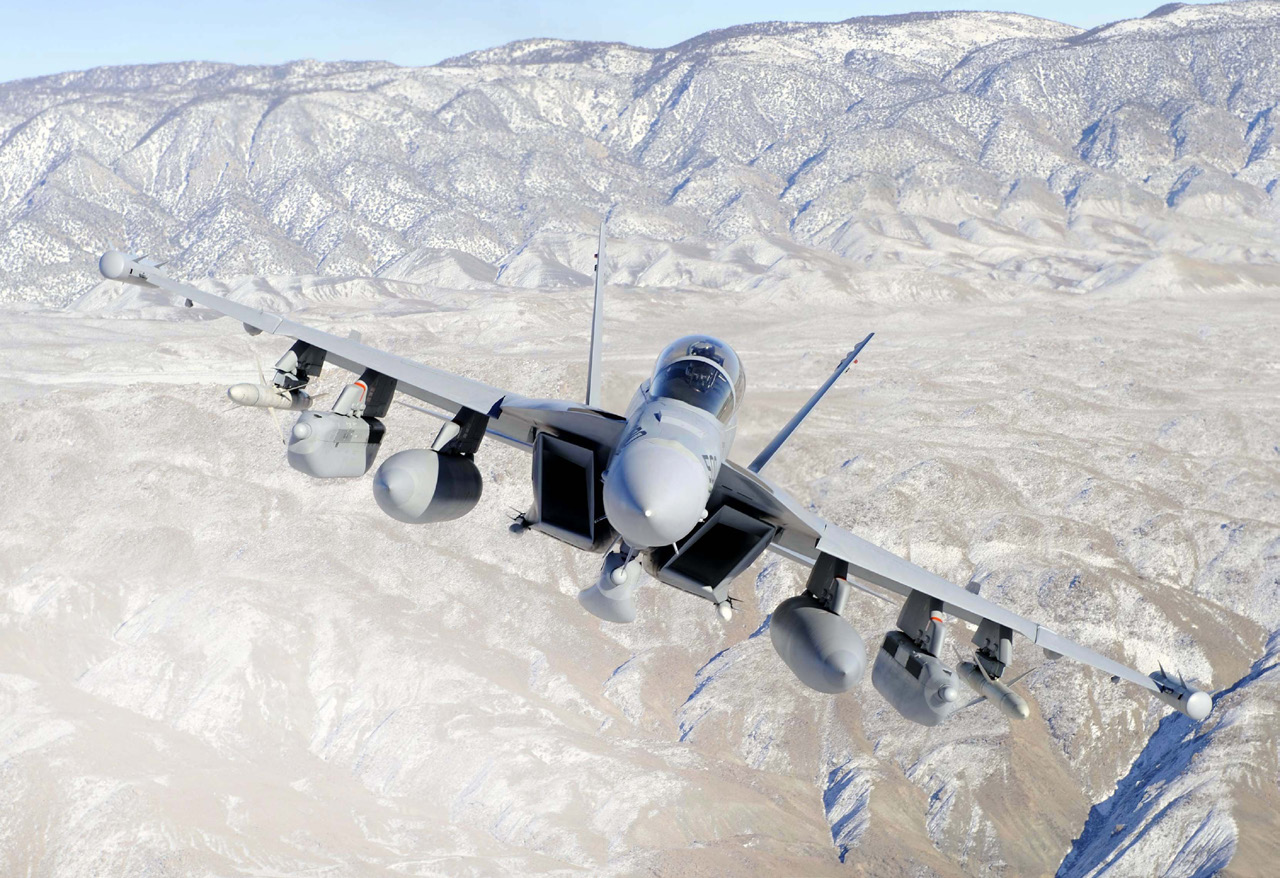
Next Generation Jammer
We have been part of the NGJ team since initial concept development in 2001—playing a key role in the evolution of this initiative to equip warfighters of all services with state-of-the-art technology to address emerging electronic warfare gaps.